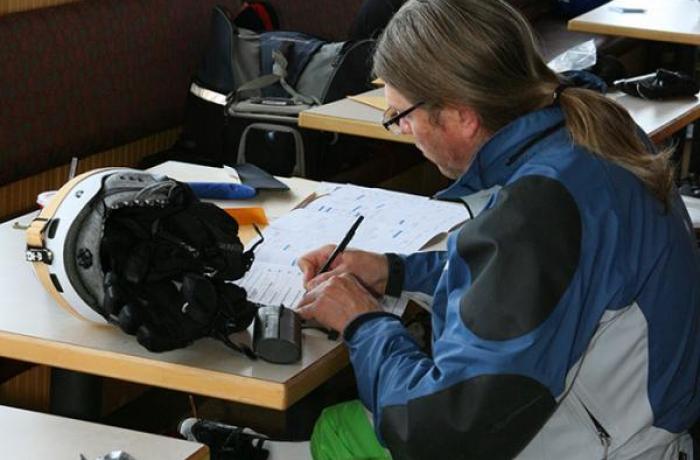Head's got a three-piece shell!? Yep, a R&D project with their freeskiing team that has gone very right for us. Apparently their Freeskiing team is comprised of badasses because our test team thinks this is one hellacious beast of a boot. The Hammer 130 is aptly named—this destroyer class cabrio nailed every task our crew could put in front of it.
The benefits of a three-piece design are typically two-fold: easier entry with no shell overlap to block the foot, and a smooth and unimpeded flex feel rendered by the external tongue as structural element. The downside is that often, the cabrio cutaway lower and un-anchored cuff diminish torsional stability and rob edge power. That is most certainly not the case here. The Hammer 130 was as strong to the edge as any boot in the test, including those race-oriented Technical Frontside models.
Not surprisingly, being stiff and reactive means that it isn't particularly compliant upon entry. Testers all agreed that the softer flex setting was a useful adjustment that most skiers would employ to lengthen flex range. Its stiff setting still has a nice, progressive trajectory, but only our biggest, tallest guys tapped into it. For a hundred bucks less the Hammer 110 is an inviting option, and if it's like the Hammer we tested, it should probably feel like a 120.
Testers said the 130 fit like the 98mm average, perhaps a touch shorter in length and a bit snugger at the forefoot. Some testers mentioned that the heel pocket felt a little less defined than some. That’s good for skiers with thicker heels and a problem that’s easily remedied by having a bootfitter add a set of L-pads. The upper cuff fits tall and slightly to the upright side of average, favoring big tall guys and those who like an upright stance.





















